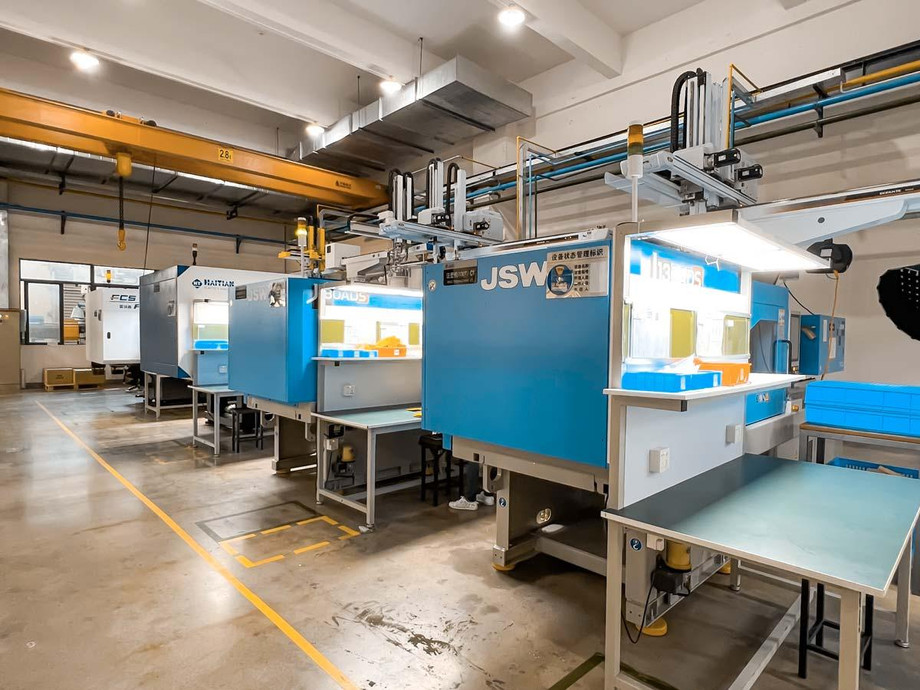Injection molding is a manufacturing process that is widely used in the production of plastic parts and products. It involves melting plastic resin pellets and injecting the molten plastic into a mold cavity, where it solidifies and takes the shape of the mold. Injection molding is a complex process that requires careful design and execution, but when done correctly, it can produce high-quality, accurate parts with excellent consistency and efficiency. In this article, we'll explore the basics of injection molding and the key factors that affect the quality and success of the process.
The Basics of Injection Molding
The injection molding process begins with the design of the mold, which is typically made of metal and consists of two halves that are designed to fit together. The mold is then mounted onto a machine that contains a screw, which feeds the plastic resin pellets into a heated barrel. The pellets are melted and forced through the barrel by the rotation of the screw, until they reach the end of the barrel and are injected into the mold cavity.
Once the molten plastic is injected into the mold cavity, it begins to cool and solidify. Once the plastic has solidified, the mold is opened and the part is ejected from the mold cavity. The process can then be repeated to produce additional parts.
Factors that Affect Injection Molding Quality and Success
There are several key factors that affect the quality and success of the injection molding process. These include:
Material Selection
Choosing the right plastic resin for the application is critical to the success of the injection molding process. Different resins have different properties, such as stiffness, flexibility, heat resistance, and durability, that can affect the performance and longevity of the finished product.
Mold Design
The design of the mold is also a critical factor in the success of the injection molding process. The mold must be designed to accommodate the shape and size of the part, as well as any undercuts or other features. Additionally, the mold must be designed to allow for proper cooling and venting, to ensure that the part can be ejected from the mold without distortion or damage.
Injection Molding Machine
The injection molding machine is also critical to the success of the process. The machine must be capable of producing the required amount of pressure and temperature to melt and inject the plastic resin, as well as maintain consistent pressure and temperature throughout the process.
Processing Parameters
The processing parameters, such as the temperature and pressure settings, also play a critical role in the success of the injection molding process. These parameters must be carefully calibrated to ensure that the plastic resin is melted and injected at the proper temperature and pressure, and that the part is cooled and ejected from the mold cavity without damage.
Post-Processing Operations
Once the parts are ejected from the mold cavity, they may require additional post-processing operations, such as trimming, polishing, or assembly. These operations must be carefully planned and executed to ensure that the parts meet the required specifications and are ready for use.
Benefits of Injection Molding
Injection molding offers several benefits over other manufacturing processes, including:
High Efficiency
Injection molding is a highly efficient process that can produce large quantities of parts with excellent consistency and quality.
Design Flexibility
Injection molding allows for a high degree of design flexibility, with the ability to produce parts with complex shapes and features.
Reduced Waste
Injection molding produces minimal waste, as any excess plastic can be recycled and used in future production runs.
Cost Effective
Injection molding can be cost-effective, particularly for large production runs, as the cost per part can be significantly reduced compared to other manufacturing processes
For More Info:-





Comments